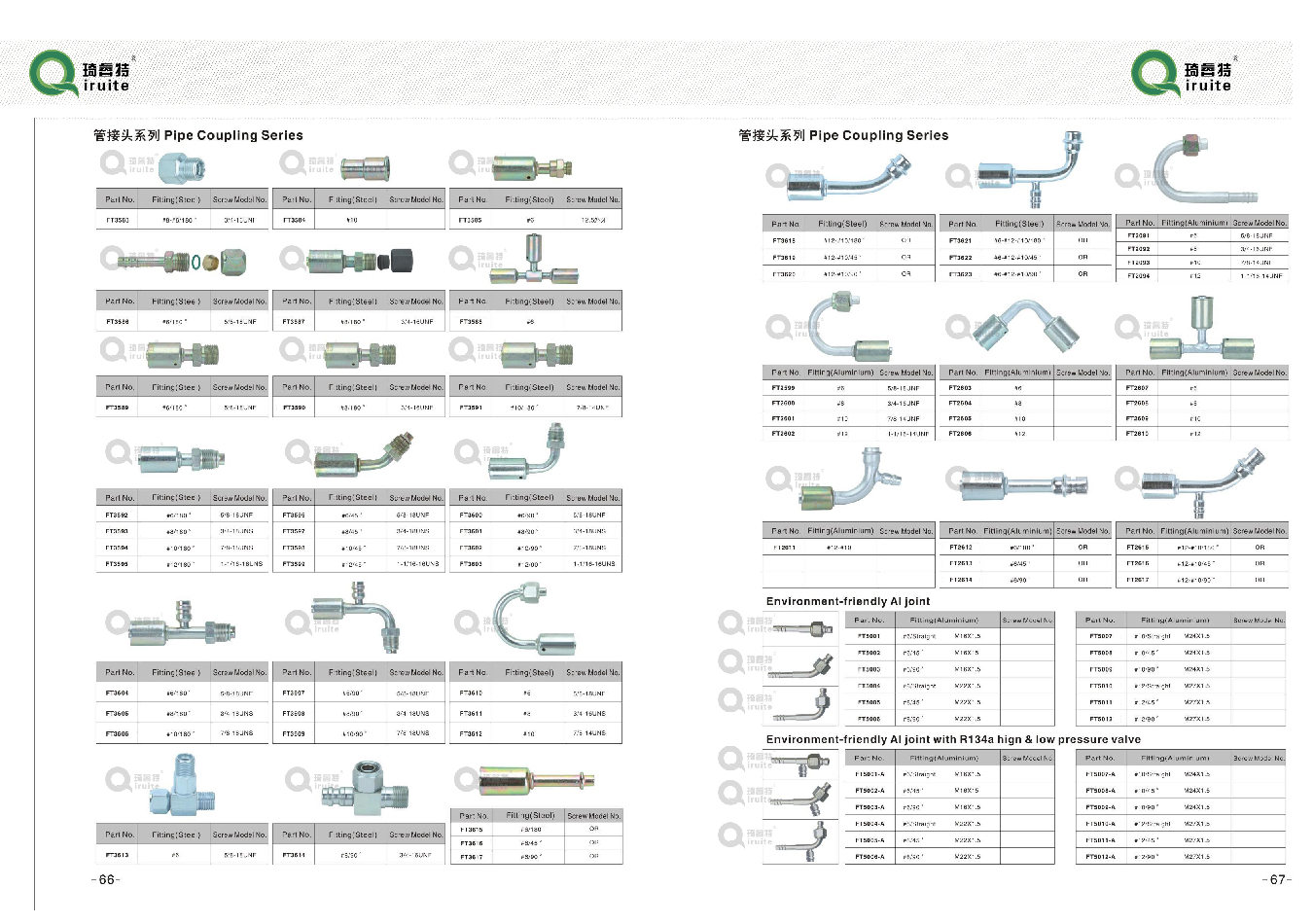r1234yf to r134a low side quick coupler
Understanding R1234yf to R134a Low Side Quick Couplers
In the realm of automotive air conditioning systems, refrigerants play a critical role in maintaining passenger comfort by regulating temperature and humidity. The transition from R134a to R1234yf as a preferred refrigerant has been a significant development in the industry, owing to the latter's lower global warming potential. However, this transition has also introduced new challenges, such as the need for compatible connections between components initially designed for R134a systems. One key aspect of this transition is the implementation of low side quick couplers that facilitate the service and maintenance of air conditioning systems.
The Refrigerants R134a vs R1234yf
R134a (tetrafluoroethane) has been a dominant refrigerant in automotive air conditioning for years, praised for its efficiency and relatively low toxicity. However, due to increasing environmental regulations aimed at reducing greenhouse gas emissions, R134a's high global warming potential (GWP) led to the search for alternatives. This is where R1234yf (tetrafluoropropene) comes into play. R1234yf has a GWP of less than 1, making it far more environmentally friendly.
Although R1234yf offers several advantages over R134a, including less impact on climate change, its introduction into the automotive market has required many adjustments, particularly regarding equipment and service tools. One of the significant alterations has been in the design of quick couplers used to connect service hoses to the air conditioning system.
Quick Couplers The Link Between Systems
Quick couplers are essential devices in HVAC (Heating, Ventilation, and Air Conditioning) systems, allowing technicians to connect and disconnect service tools with ease. They enable the filling of refrigerant and the evacuation of the system without the need for complicated and time-consuming procedures. However, the physical and chemical differences between R134a and R1234yf necessitate different designs to avoid cross-contamination and to ensure proper system performance.
Low side quick couplers are specifically designed to connect to the low-pressure side of the air conditioning system, which is critical for filling the system with refrigerant or performing diagnostic tests. The introduction of R1234yf has led manufacturers to produce quick couplers that are not only compatible with this refrigerant but also prevent inadvertent service of R134a systems.
r1234yf to r134a low side quick coupler

Technical Differences and Compatibility Issues
The primary technical difference between R1234yf and R134a connects to the pressure and temperature characteristics of the two refrigerants. R1234yf operates at different pressures than R134a, which requires different specifications for servicing equipment. Thus, low side quick couplers must be designed to withstand these pressure differences while preventing leaks.
Moreover, the physical design of the quick couplers must ensure that when a technician attempts to connect to a system, there is a distinct difference in connection methods. This ensures that R134a service equipment cannot accidentally be connected to R1234yf systems, thereby preventing potential contamination and performance issues.
Importance of Using the Right Equipment
Utilizing the correct low side quick couplers for R1234yf systems is critical not only for efficiency but also for safety. The use of inappropriate couplers can lead to various issues, ranging from system damage to potential environmental hazards due to improper refrigerant handling. Technicians must ensure that their equipment is specifically rated for R1234yf and adheres to the latest industry regulations and standards.
Conclusion
As the automotive industry continues to evolve, understanding the intricacies of refrigerants and their associated equipment becomes increasingly important. The transition from R134a to R1234yf represents a significant step towards a more sustainable future, but it requires careful consideration and adaptation in terms of service technologies. Low side quick couplers play a crucial role in this evolution, providing the necessary connectivity for efficient and safe refrigerant servicing.
Technicians must remain informed about the latest developments in refrigerant technology and always use the correct tools for the job. This not only ensures optimal performance and longevity of air conditioning systems but also contributes to broader efforts toward environmental protection. As we move forward, the interplay between innovation, regulations, and practical applications will continue to shape the landscape of automotive HVAC systems.
-
Ultimate Spiral Protection for Hoses & CablesNewsJun.26,2025
-
The Ultimate Quick-Connect Solutions for Every NeedNewsJun.26,2025
-
SAE J1401 Brake Hose: Reliable Choice for Safe BrakingNewsJun.26,2025
-
Reliable J2064 A/C Hoses for Real-World Cooling NeedsNewsJun.26,2025
-
Heavy-Duty Sewer Jetting Hoses Built to LastNewsJun.26,2025
-
Fix Power Steering Tube Leaks Fast – Durable & Affordable SolutionNewsJun.26,2025

